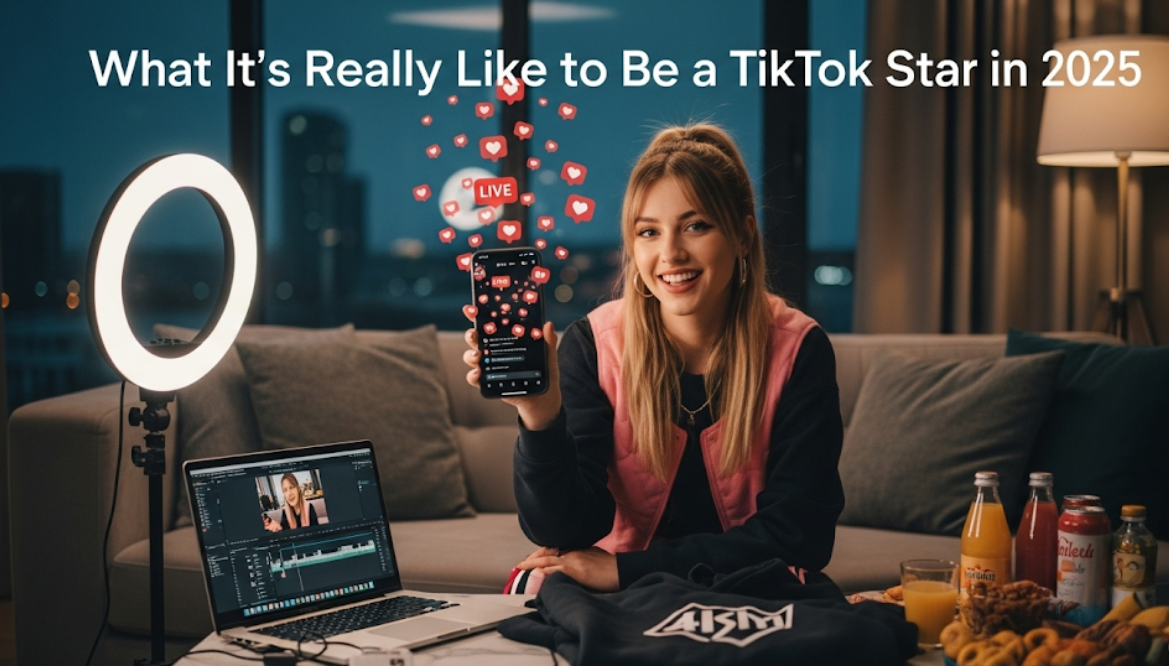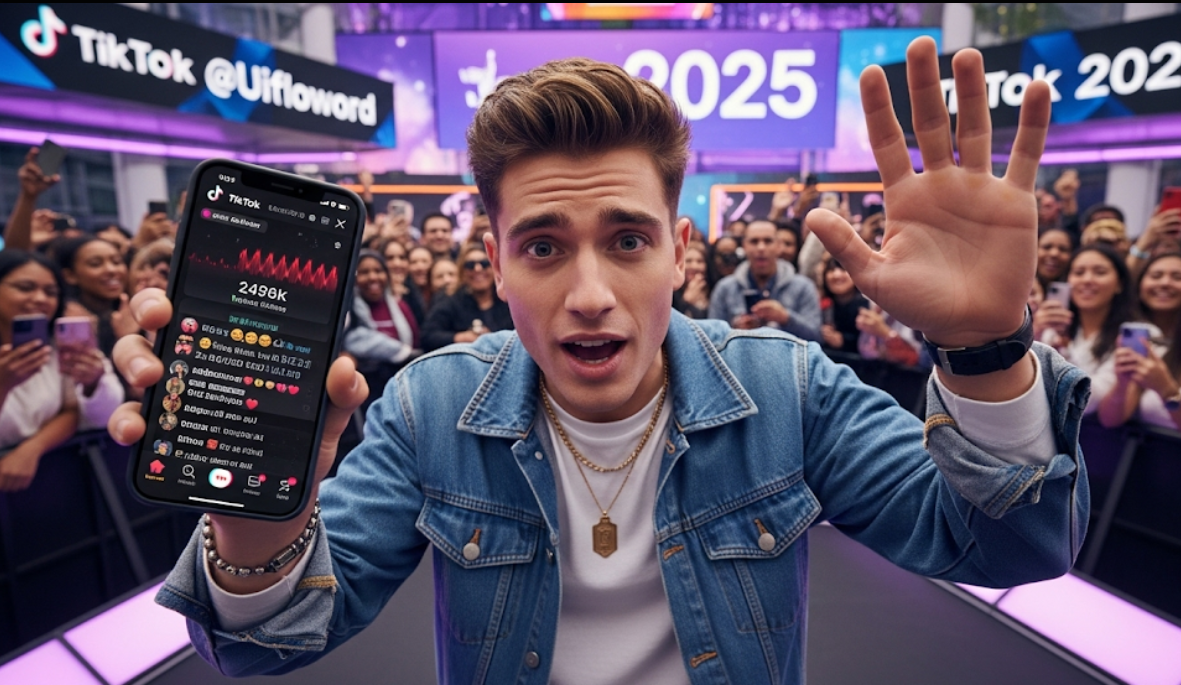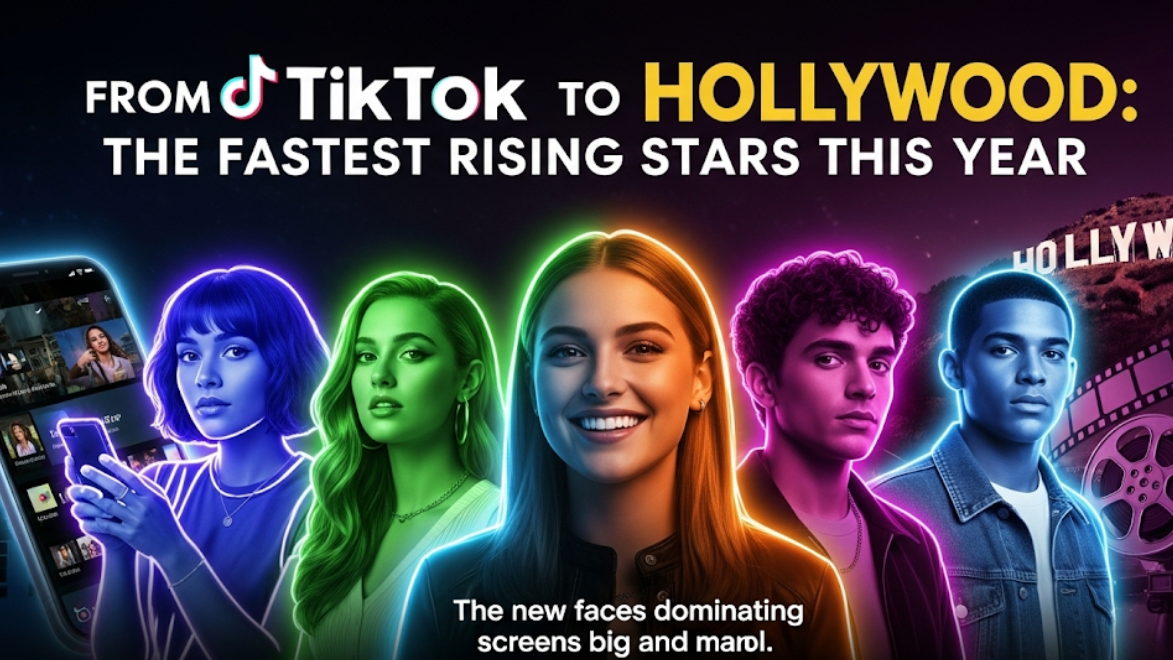The Reality of a TikTok Star in 2025
The less immediate answer is that it’s a lot more messy and clued up than most non-fans even begin to realize. No longer do lucky-viral creators of just a few years ago get their brand deals overnight in the wild early days. By 2025, a TikTok star is one part creator, one part small-business person and data analyst—and the others are performer always learning to pivot with platform changes, commerce tools and continued narrowing monetization. Truths, grind and surprising upsides of being a TikTok creator right now.
1. The job description got rewritten — not just “make videos”
The work only multiplies once you finally crack the For You Page. Creators who win today are performing tasks like developing content calendars, researching their audience, hosting sponsored streams, launching products, creating short-form series and managing a community. Others view TikTok as a funnel for a more expansive operation — e-commerce, paid newsletters, courses, or even membership communities. This business-minded shift is the reason why VCs and platforms are continuously developing tools designed to address creators as small businesses.
TikTok creators spend nearly 50% of their work day not actually filming — analytics, ad tags, e-commerce listings, legal/tax admin.
2. Monetization is more complex…and less clear
The Creator Fund is effectively done with in many territories, and TikTok has moved on to newer rewards programs as well as a growing repertoire of ways to earn: tips, gifts, live commerce, affiliate commissions and campaign marketplaces. The Fund that paid for views was replaced with tiered rewards systems, programmatic incentives and increasingly rewarded certain behaviors and integrations within commerce. This in turn means less money in a single creator’s pocket per view — but more consistently-paid bills for the platform owner!
• You need 5-6 income streams for steady earnings: platform rewards, brand deals, affiliate/commerce commissions, live tips, direct sales, and off-platform products/services
3. TikTok becomes a commerce/discovery machine
Those features are now a core part of the TikTok product experience. Live shopping is still massive, as TikTok further integrates direct booking and product discovery (hotels, ticketing/in-app store fronts), allowing creators to tag and monetize additional content related purchases. It gives travel, lifestyle, and product creators a lot of leverage — but it also means creators have to learn how to sell their own stuff.
Key point: If your content can make viewers buy, book or click, you have just become more valuable to the brands and to the platform.
4. The Algorithm is Still King, but With a Louder Signal
The For You algorithm is still top notch at driving micro-audiences, but it increasingly feels like an intelligible black box in the form of niche consistency, early engagement signals, content quality metrics and retention. TikTok announced some new ranking signals they are running in Beta today for global expansion by 2025, essentially rewarding creators that drive cross-platform engagement and commerce outcomes, aligning users’ content towards action (clicks, conversions, watch through).
Key point: Successful creators treat their formats as an A/B experiment — one version is supposed to be good for retention, the other for conversion, then they go all in on the winner.
5. Maybe not as lucrative, for most people, as you think
Despite the growth of the creator economy at large, most creators are making little money in return. The most recent industry reports show that over half of creators make few dollars a year, while at best, just a small percentage hit six-figure paydays this way. This means the “TikTok star lifestyle” is mostly available to creators who either grow a massive audience or capitalize on their platforms off-platform through services and products.
Takeaway: File away with all those overnight millionaire success stories you hear — most creators are making additional income and still must have a revenue mix.
6. Political and platform drama drive into the life of being a creator
ByteDance/TikTok: Regulatory scrutiny, internal restructures and strategic pivots have implications for creators. Moderation, Seller Support and Program Execution went through cuts and reorganizations during rounds in the 2024–2025 e-commerce team. It’s the only tool they have to help creators navigate the impact of TikTok reprioritizing, as they shift between AI moderation or commerce efficiency, and it does so through feature changes, slower payout processes, findability shifts in partnership programs.
Lesson: Creators have to be flexible and platform agnostic. Position your business so a switch to one platform is irritating, not terminal. Grow your email subscription list, and cross-post across different channels.


7. Higher content expectations – polish and authentic
One of the great 2025 paradoxes: that production quality through upscaling has increased, and so too has demand for genuine human moments. People want that nice edited storytelling feeling AND the authentic candor. Creators who succeed in both combine cinematic short-form (high production value, fast cuts) with personality-driven vulnerability. Some creators amortize production by reusing short edits across multiple formats — a 60-second TikTok, a 3-minute YouTube Short, and a 20-minute long-form cut for subscribers. Efficiency matters.
8. Brand deals are smarter—contracts look like partnerships
Brands want measurable outcomes: store visits, trackable conversions, or sustained brand lift. That puts creators in tighter contracts, longer deliverable lists, and more reporting. But on the positive side, brands now see creators as their distribution front which leads to multi-month ambassadorships, not one-off posts. If you can bring a media kit with conversions data and an attribution strategy in it, you can renegotiate your rates.
Key point: Learn basic analytics and use UTM links or affiliate tags. Creators who can prove ROI get more bang for the buck.
9. Mental health and burnout are real—the “always-on” trap
The pressure to follow what’s trending, to post daily, to cash in on every idea takes its toll on our mind. Lots of creators report rhythms of hyperproductivity that last weeks followed by a slump pause because of exhaustion, creative blocking or platform whiplash. A lot of them budget off-time, hire small teams, or even intentionally slow cadence down to give the career longevity.
Key point: Start taking yourself seriously. This is a career, not a sprint. Make liberal use of time off and start hiring when you’ll need to in a few months, not when you desperately need it.
10. The savviest path: treat your channel like a product funnel
Top sustainable creators design funnels. Viral content is used for audience reach. Follow-up videos build trust. Live events or product drops convert. Off-platform products, such as courses or memberships, lock in recurring revenue. It’s also how they protect themselves from algorithm swings or policy changes made by your platform.
Key point: Map out your funnel in three stages and pick a single metric for each to optimize.
The quick survival checklist for TikTok stars
• Diversify your income. Don’t rely on a single program or one brand deal. • Control your audience — grow email lists or paid communities off-platform. • Join the commerce game — start tagging with products, playing around with live shopping, and diving into affiliate flows. • Measure results — UTMs, analytics and brand reporting. • Automation and Delegation — Employ editors, use AI tools to automate captioning content & repurpose. • Make time for mental health — book creative rest and enforce your work rules strictly.
The upside that keeps people going
The upside, for all the headaches, stands to be truly remarkable. Platforms are finally offering creators better tools — broader monetization, seamless direct commerce flows, and product features that take into account the needs of creators. The creator economy is growing up: there is room for more professionalization, now even way more than just a few years ago — but it needs skills beyond the performance. The creators who become small-business owners are those that learn to think like entrepreneurs, weaving storytelling with measurable commerce.
Headline-ready closing (for social shares)
By 2025, being a TikTok star won’t be this one-magic-moment thing — it will likely involve a multi-year hustle that packs creativity, commerce and smart business into one. To Love Your Dream, Treat It Like A Business Plan (Not A Bet) — And You’ll Be More Likely To Survive The Next Algorithm Change.
Sources used for reporting and data: Business Insider on TikTok’s next-gen commerce and creator programs; official support pages on Creator Fund/Rewards from TikTok; newsroom on TikTok Shop & live commerce by TikTok; industry creator earnings/reports including earnings/trends of creators from Business Insider, TikTok Newsroom, and Influencer Marketing Hub.






